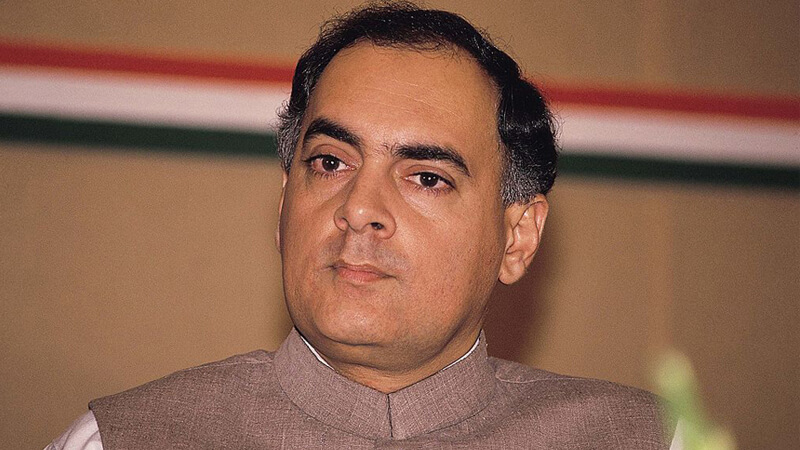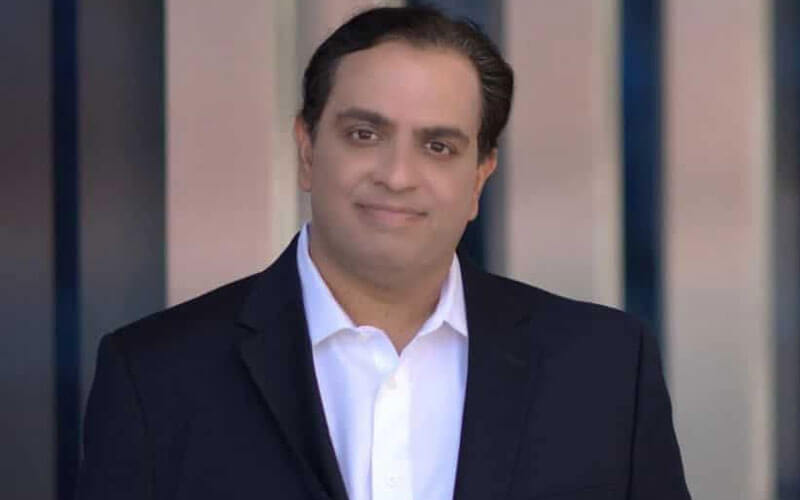Biography of Rajiv Gandhi:- Rajiv Gandhi Indian politician and a prime minister of India from 1984 to 1989, his political career began in 1981, when he obtained a seat for the Indian Lok Sabha by the constituency of Amethi, in The state of Uttar Pradesh. Two years later he became one of the five secretaries of the Congress Party.
In 1984 after the death of his mother, Indira Gandhi, held the position of prime minister by decision of Congress, while his party had elected him president.
In the elections that were summoned in December of that same year it obtained a great electoral triumph that was not repeated in 1989, year in which resigned when not obtaining absolute majority.
Biography of Rajiv Gandhi
- Born:- 20 August 1944, Mumbai, India
- Assassinated:- 21 May 1991, Sriperumbudur, India
- Spouse:- Sonia Gandhi (m. 1968–1991)
- Education:- University of Cambridge, Trinity College, Cambridge
- Parents:- Indira Gandhi, Feroze Gandhi
- Awards:- Bharat Ratna, Indira Gandhi Prize
Rajiv Gandhi came from one of the most important families in contemporary history in India. He was the second son of Indira Gandhi and grandson of Jawaharlal Nehru, prime minister of the independent state of India, so his profession was practically predestined.
See Also: Biography of Marquis of Lansdowne
His academic training was initially developed in India at Doon School, then completed in Great Britain, where he obtained the degree of Aeronautical Engineer from the University of Cambridge.
He returned to India in 1960. His interest in politics continued unabated, and he worked as a pilot in the company of Indian Airlines for ten years.
The death of his younger brother, Sanyay, Indira Gandhi’s political heir, pushed him to leave his profession to fill the vacant seat in 1980. He immediately became the political advisor to his mother and his chief adviser, standing out as a political figure.
In February 1983 the Congress Party elected him, along with four other representatives, Secretary General. The 31 of October of 1984 the misfortune returned to instigate with this family. Indira Gandhi was killed by Sikh separatist groups.
After this event, the Executive Committee decided, mainly, that the position of prime minister was occupied by him, along with the presidency of the party. It ratified these charges after the elections of December of that same year, in which it obtained more than 50% of the votes.
Barely two years later, was he unharmed in an attempt on his life in the city of New Delhi, where Mahatma Gandhi celebrated the hundred and seventeenth anniversary.
Another new attack happened a year later in Sri Lanka, producing, this time, and slight injuries. The chosen moment had been the signing of the agreement that ended the conflict in Ceylon, which since 1983 had confronted the ethnic Tamil with the Sinhalese.
In 1989, after not obtaining absolute majority to form government, decided to resign. His failure resulted from his ominous foreign policy, which constantly involved the country in conflicts with neighboring countries, and also, at first, his alleged involvement in the case of government corruption with the Swedish company Bofors.
The matter consisted in the delivery by this company of five million to the members of the government, so that India signed contract with her.
India’s most prestigious newspaper, The Hindu , directly involved Rajiv, basing his data on Bofors chairman Martin Aradbo’s own notations. His career in the high politics of his country had almost ended when, during the preparations for the 1991 elections, he died a victim of an attack.
In May he had moved to Tamil Nadu to hold a rally, and there a bomb camouflaged him in a bouquet of flowers that produced instant death, along with that of twenty others. The elections were delayed until June.
Rajiv was married since 1969 with a former Italian stewardess named Sonia Maino, with whom he had two children: Privanka and Rahul.
The marriage established his residence in the number 1 of Safdarjang Road, in New Delhi, where previously his mother had lived. As prime minister he visited different countries of the world, as for example the United States, Soviet Union, Japan and Cuba.




